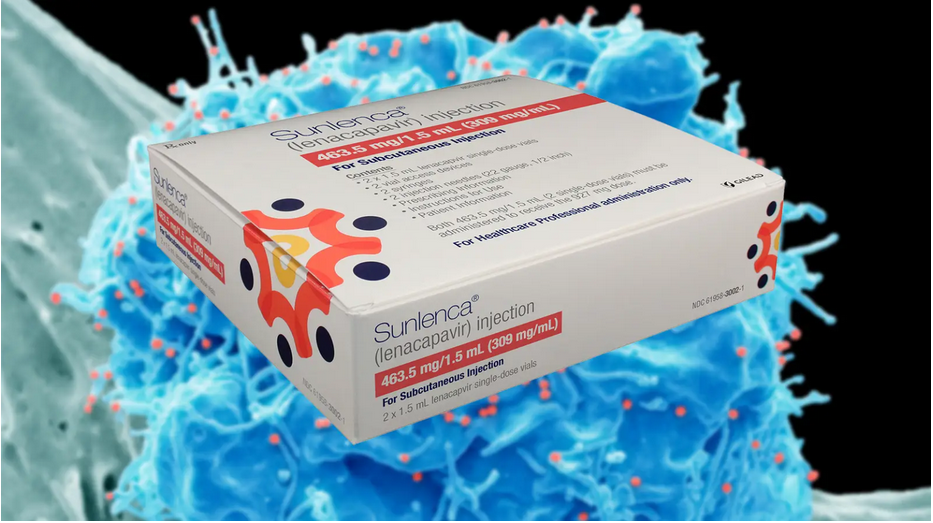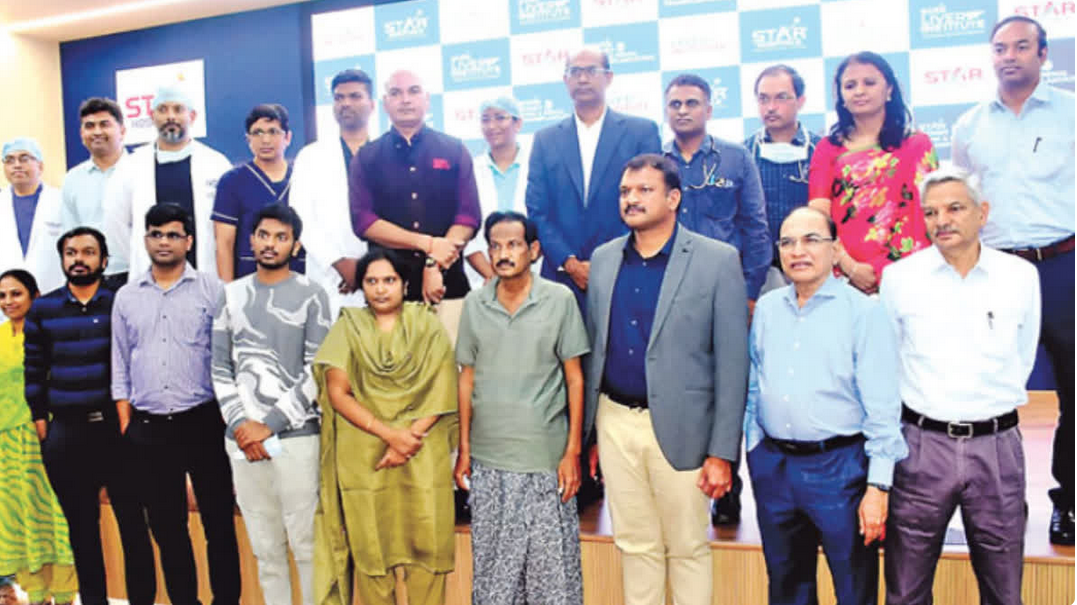Patient safety is the absence of preventable harm to a patient during the process of health care and the reduction of the risk of unnecessary harm associated with health care to an acceptable minimum.
Dr. Abhik Banerjee, Chief of Quality – Senior Consultant – Pathology, Suraksha Diagnostic Pvt. Ltd. is responsible for managing laboratory service, process development, up-gradation especially in pre-analytical and quality management areas, development of new setups especially high-end tests.
Suraksha Diagnostic Pvt. Ltd is a name people readily associate with diagnostic quality and convenience. The largest diagnostic chain in eastern India, it today ranks among the top 5 nationally with nearly 35 centers across West Bengal and Bihar
Ensuring patient safety by minimizing diagnostic or therapeutic errors
Dr. Abhik shares his views, “Patient safety should be the top priority for all healthcare organizations. The safety policy should aim at mitigating preventable harm and minimizing unnecessary harm to a patient during the delivery of care. Thus, ensuring patient safety by minimizing diagnostic or therapeutic errors has remained a major challenge for medical laboratories and hospitals throughout the globe. It has definitely been reinforced by the COVID-19 pandemic situation. Safety matters, we must work safely not only for ourselves but also due to the fact that we cannot endanger the lives of others. In a hospital or medical laboratory, safe working protects patients, healthcare workers including cleaners, visitors, and overall our environment. With the rising importance of ensuring healthcare for all reinstated by the COVID-19 pandemic, we must review our safety policies and practices in healthcare settings like medical laboratories and hospitals. A competent, well-trained healthcare team, infection control committee, safety committee, quality assurance cell have a great role to implement proper, world-class safety practices throughout the organization and to bring down the rates of spread of infection. This would also prevent thermal, electrical, radiation, or chemical hazards. Availability of standard operative procedures at the workbench, biomedical waste disposal plan, safety manual, periodic safety training and drills, repeated training of staffs on biosafety practices, identification of risk factors, setting up risk assessment matrix and their regular monitoring, incident reporting are some of the essential tools which can help healthcare organizations to improve their safety levels in the long run,” he says.
Healthcare institutions should strive very hard
Dr. Abhik sheds light on the subject, “The Year 2020 has been the year of COVID-19 pandemic. Healthcare workers (HCW) from the very beginning have been at the frontline. In comparison to the general population, they are far more exposed to COVID-19 related health hazards, thanks to long duty hours and resultant prolonged exposure to the virus, stress, inadequate hydration, and food intake, lack of adequate rest and self-care which puts them at additional risk of contracting the infection. In the months of April and May, some of the hospitals in Mumbai had to be declared containment zones due to the rapid spread of the deadly virus among the staff and HCWs. Initially, there were complaints of inadequate PPEs for healthcare workers in different parts of the country and we all have seen HCWs go on strike citing lack of safety equipment. Not only in India but also almost in all countries, many a time demand for personal protective gear has surpassed the supply. Considering all these aspects and critical review of the ongoing situation, management in my organization has taken due care in creating and maintaining a COVID safe workplace & workforce. We have trained our staff to optimally use PPE and a supervisor is on board to monitor the practices of the staff. Only high-quality equipment from reputed manufacturers is in use to ensure maximum safety. Automated extractors have been commissioned in the Molecular Pathology department to minimize manual handling of COVID-19 specimens. In spite of managing a huge workload, the workforce has been segmented with a reduction of man force density. Rotational duty was implemented for the COVID-19 team to reduce the chance of exposure. Management has also ensured self-declaration and deferral from work for lab staff that feels ill and suspect of contracting the infection. Mandatory use of hand sanitizers, access card dependent biometric device (no touch), restriction of visitors, use of physical barriers, postponing physical meetings and introduction of webinars, arranging for transport for safe commute, frequent fumigation of laboratory work premises, and regular surface decontamination are some of the measures, which our organization adopted to protect the interest of our staffs and their safety at all touch points. We must remember that the COVID-19 pandemic is an additional threat to the safety of our HCWs who already work in a “high risk” environment every day. These are the occupational risks inherent to the healthcare industry in the form of risk of infection, accidental injury (e.g. needle stick injury), electrical or chemical injury, and many more. Hence the management of all the healthcare institutions should strive very hard with a continuous and strong focus on the safety of their healthcare workers,” he says.
Long way to go to achieve the best benefits of these technologies
Dr. Abhik explains, “Innovation in patient care processes and technology will definitely reduce the risks and incidents of adverse events and will thereby promote safety. Use of point of care and home monitoring devices, bar codes, robots, artificial intelligence, machine learning both in diagnostics and therapy will ensure better safety by minimizing human interface especially in selective, high-risk areas of patient care. Moreover, technologies enabling remote diagnosis and monitoring of patients will reduce hospitalization and subsequent reduction in nosocomial infections in certain segments. Access control systems enabling authorizing entry of only selective personnel in the patient care area, use of password protected laboratory or hospital information management systems ensuring the privacy of confidential patients’ data have come a long way to meet patient safety goals for healthcare organizations. However, with the rising incidences of cyberattacks, there is an additional responsibility on healthcare providers to mitigate the risk of a breach in cybersecurity of their IT system and networks by unauthorized users. Data security should be ensured and validated starting from the network designing phase to system commissioning and implementation. Keeping in mind the threat of cybersecurity vulnerabilities, manufacturers should concentrate more on better availability of wireless technologies and software in the healthcare sector which will ultimately ensure safer healthcare delivery at patients’ bedside. There is a long way to go to achieve the best benefits of these technologies as the healthcare providers are still skeptical and cautious about their implementation beyond a certain point. Everyone is expecting someone else to make the first move and see the result. Significantly, the Union Health & Family Welfare Ministry of India has recently approved the Health Data Management Policy of the National Digital Health Mission (NDHM). This is going to be a major step forward for the gradual implementation of “Security and Privacy by Design” for the protection of patients’ data privacy during healthcare delivery,” he says.
Safety of all is the primary responsibility of that organization
Dr. Abhik sheds light on the subject, “Healthcare organizations should be committed to ensuring the safety of the patients accepting its service. Complying with the state or national requirements in view of approval, registration, and licensure (e.g. Fire NOC, pollution control board certification) is the basic responsibility of the management to ensure patient safety. The organization must ensure safe work practices by developing proper infrastructure, awareness, training, and drills in its premises. The safety of all patients and their attendants are the primary responsibility of the staff of that organization. Existence of an active safety committee, availability of safety manual at the workbench with prompt and easy access to all staffs, following universal safety precaution by all staffs during patient care and patients’ sample handling, correct biomedical waste disposal, and biosafety practices, infection control measures, chemical hygiene, fire safety drills, provision of emergency contact numbers, conducting awareness sessions on disaster codes are bare minimum essentials to ensure adequate patient safety. Proper and timely communication is key to prevent and fight with hazards. Radiation safety, electrical safety are other important areas that often go wrong leading to injury and catastrophes. Incident reporting as per national and international guidelines, random and scheduled safety audits, surveillance rounds, proactive risk assessment using tools like Hazard Identification and Risk Analysis (HIRA) and Failure Modes and Effects Analysis (FMEA), availability of contingency plan are some of the measures, which should be taken by all healthcare institutions to promote a safe and healthy environment. Minimizing and eliminating adverse events in healthcare settings demand for a deep commitment to collaboration and cooperation from all staff irrespective of hierarchy and designation; it is nothing but a team game!” he says.
(Edited by Rabia Mistry Mulla)
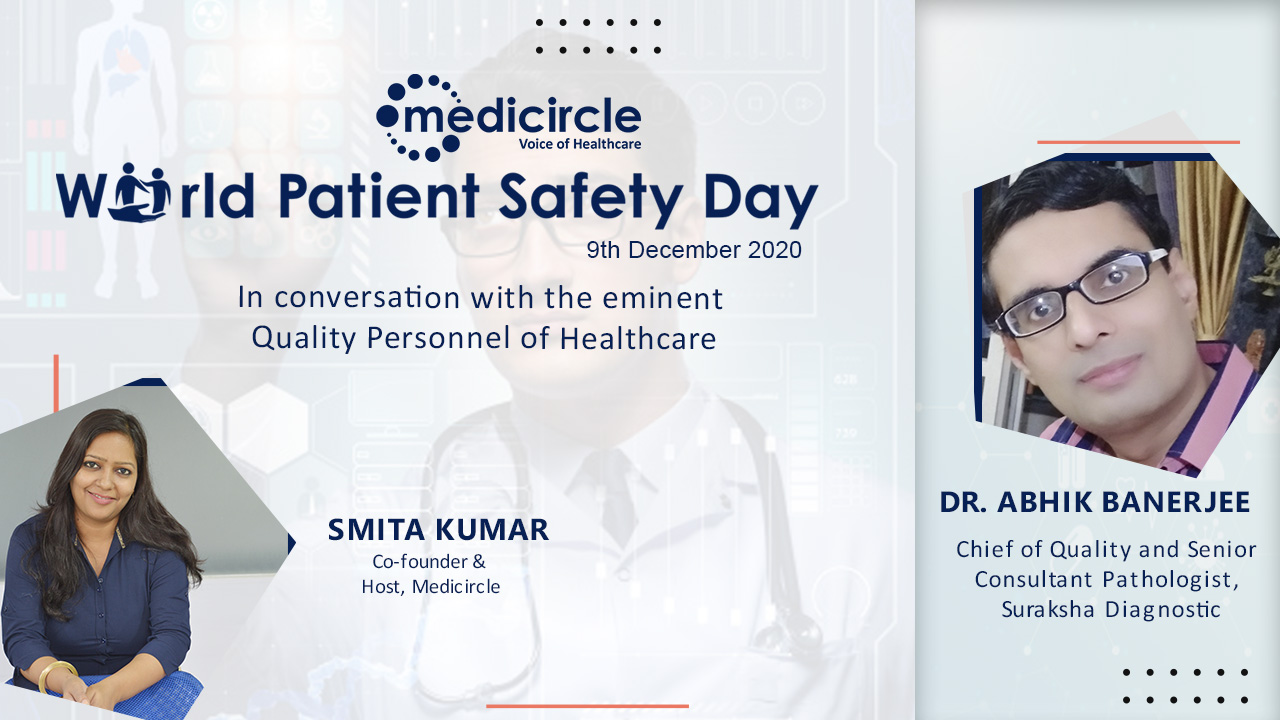
 “Safety policy should aim at mitigating preventable harm and minimizing unnecessary harm to a patient during delivery of care,†says Dr. Abhik Banerjee, Chief of Quality – Senior Consultant – Pathology, Suraksha Diagnostic Pvt. Ltd.
“Safety policy should aim at mitigating preventable harm and minimizing unnecessary harm to a patient during delivery of care,†says Dr. Abhik Banerjee, Chief of Quality – Senior Consultant – Pathology, Suraksha Diagnostic Pvt. Ltd.









.jpeg)







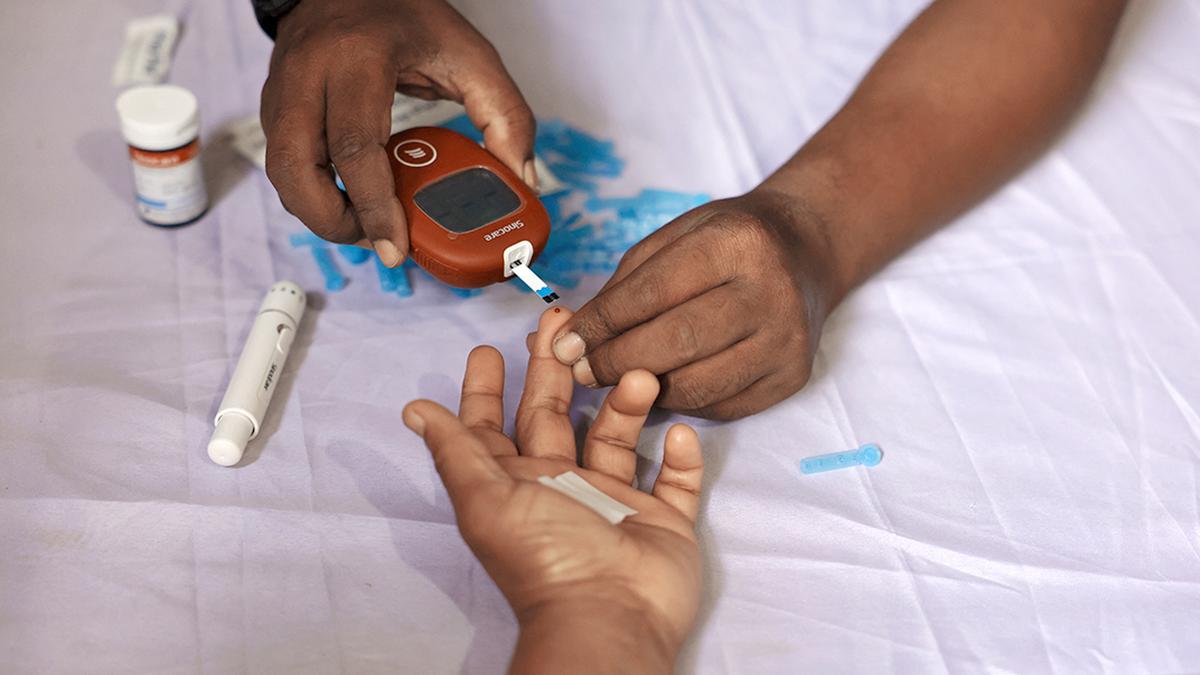

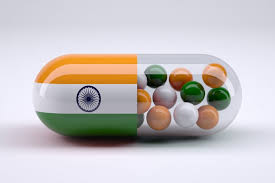

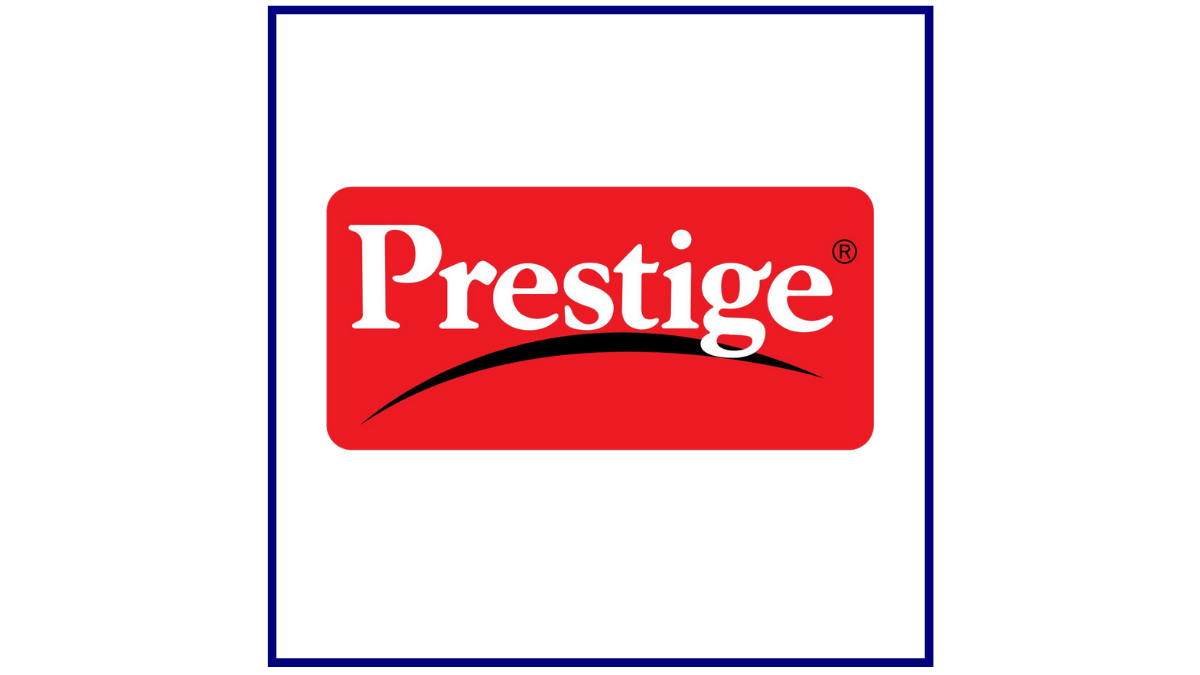

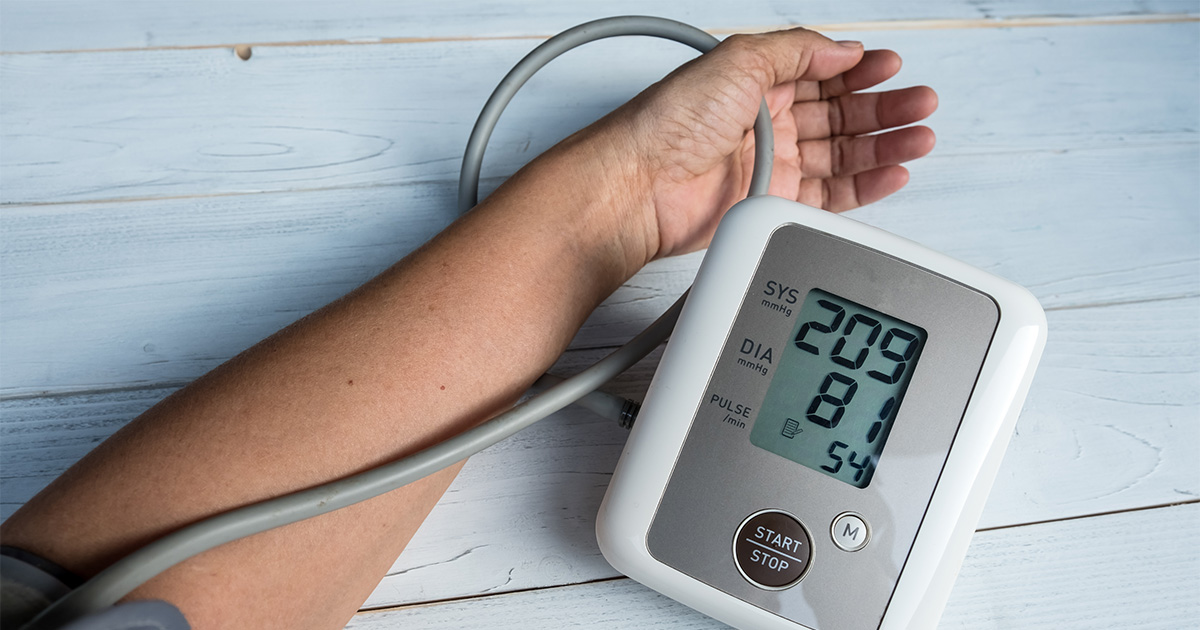


.jpg)

